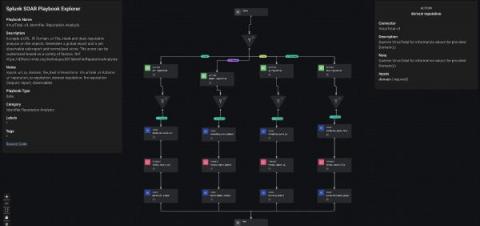Bug Bounty Programs Explained: Proactively Finding Bugs for Enhanced Security
The digital world is a lot like the Old West: lawless criminals are looking to take advantage of any bug, flaw or vulnerability to exploit. To combat the problems from these flaws, many organizations offer bounties to anyone who can find them before cybercriminals. Because bugs can be challenging to spot, bug bounty programs leverage ethical hackers' expertise to spot corporate software's flaws. Some of the largest corporations in the world, including Google, Microsoft, and the U.S.











